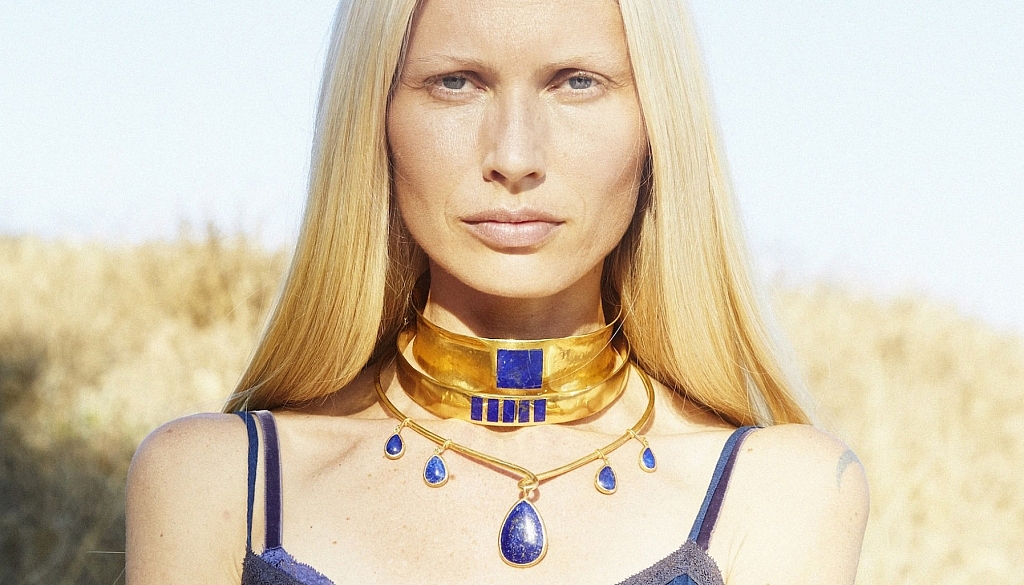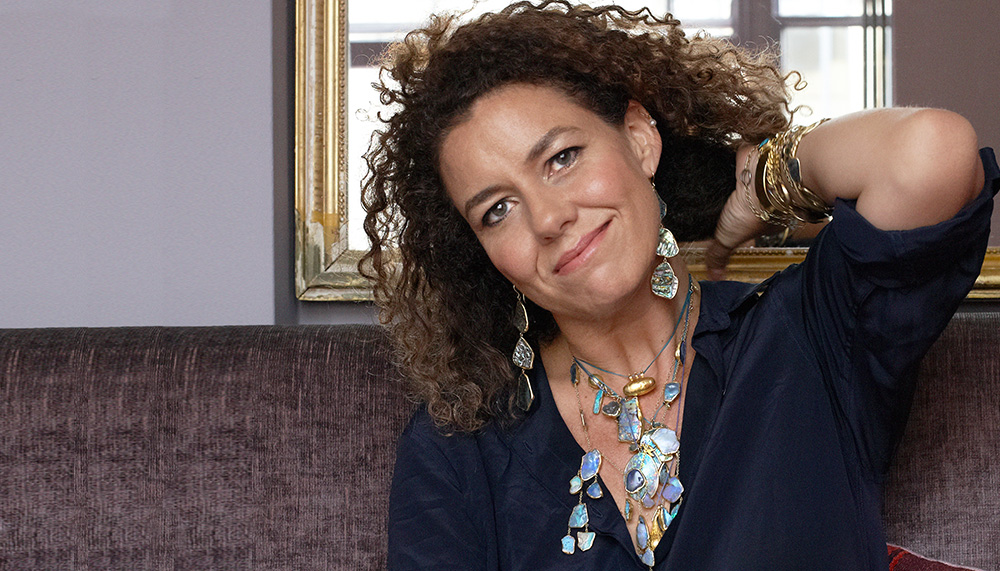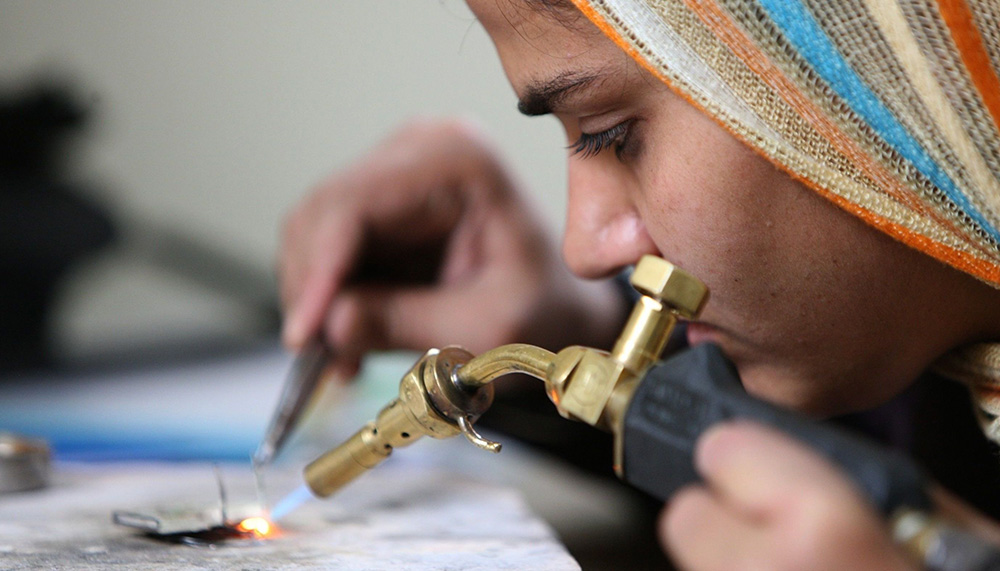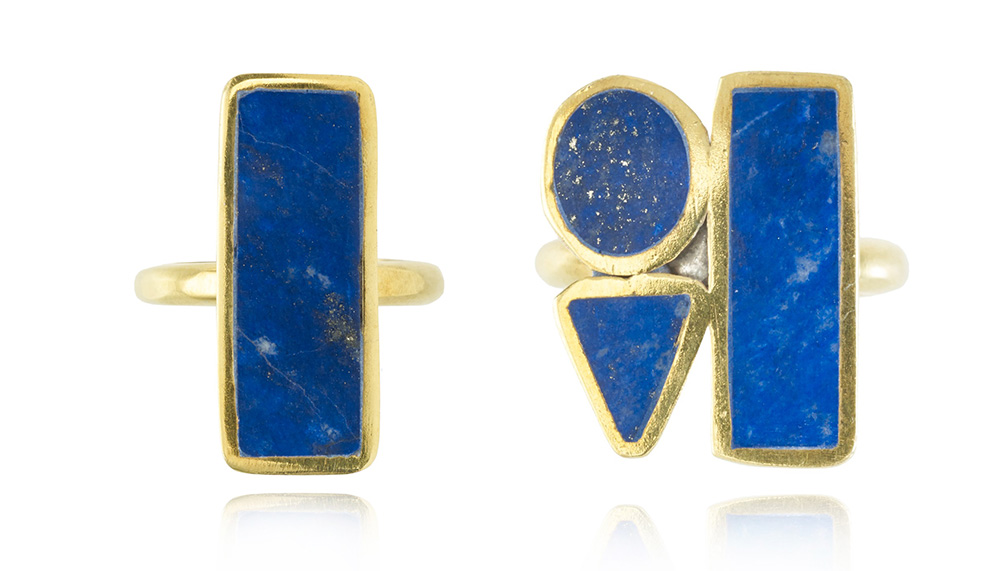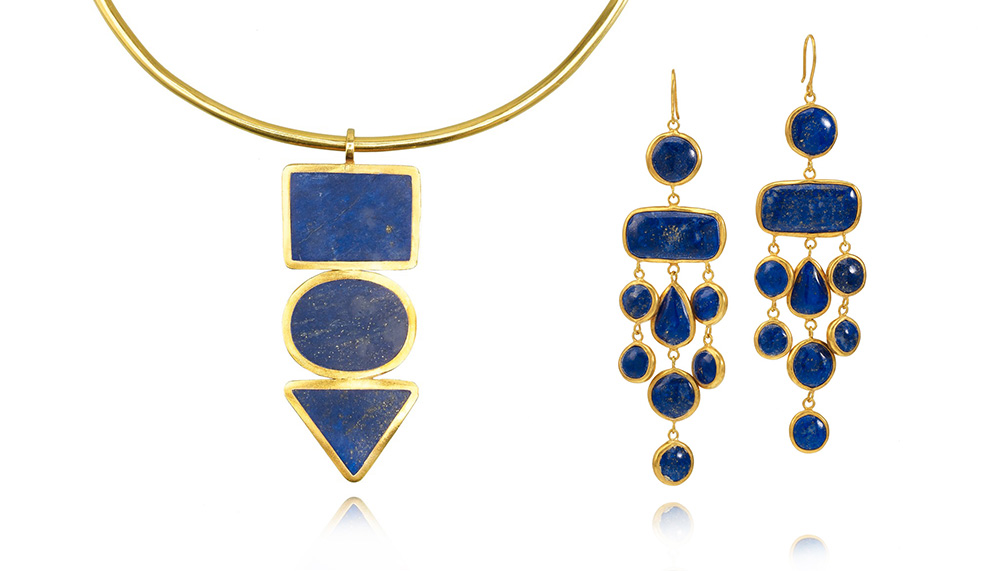Ethical producers can bring hope amid war and poverty
In a workshop in Kabul, 25 jewellery craftsmen are sitting cross-legged on the floor, labouring over the new season designs. Women hover over machines to cut facets into gemstones – Afghan tiger’s eye and lapis lazuli – which will become the centrepiece for Pippa Small’s first seasonal collection with the Turquoise Mountain charity.
Against a backdrop of war and economic instability, Kabul’s jewellery trade is resilient. Ms Small, the London-based ethical jeweller appointed MBE in 2013 for services to ethical jewellery production, has been working with the charity for the past eight years. Launched internationally last month, the 73-piece seasonal line reflects her commitment to the area and its artisans.
Ms Small says that now is not the time for her to walk away, despite the danger. “When people have security, when they have stability and an income . . . that’s when people will say no to Taliban and no to Isis [Islamic State of Iraq and the Levant]”.
Launching an ethical jewellery line in Afghanistan is not easy, given the threat from terrorist groups. In the past eight years, the charity’s jewellers have moved workshops four times; their first, located in an old shipping container near the Indian embassy, was destroyed when a bomb fell nearby. There are also difficulties with determining the origin of gems, gold and silver as they are not always traceable. Moreover, under the Taliban regime, which fell from power in 2001, jewellery was banned. The trade remains in its infancy.
Ms Small is one of the only jewellery designers working in Afghanistan. It is not a safe place for foreigners, or for Afghans seen to be working with them, so international input to regulate the industry is almost impossible.
“Now you can’t take a taxi. You can’t walk anywhere,” says Ms Small. “It’s more and more dangerous.” As a result, Afghanistan lacks the organisation in countries such as India and Mozambique, introduced by Gemfields and De Beers (suppliers of rough stones to brands such as Boucheron, Amrapali and Tiffany & Co), which have regulated the gem and diamond industries in the conflict-free areas they operate in.
Instead of carefully planned excavations, in Afghanistan sites are often blasted with dynamite. Not only is this dangerous for the miners, but the stones are also blown up, says Ms Small.
The country has the potential to be a world leader in gemstone trading, based on its proximity to India, the biggest industry for gemstone imports, and its mineral-rich earth containing emeralds, rubies and tourmaline. But continuing violence and lack of infrastructure and education means it cannot control its trade. In 2006, 90-95 per cent of Afghanistan’s gems (worth an estimated $1 trillion) left the country illegally, according to the Ministry of Mines, Afghanistan. Today, 70 per cent of Turquoise Mountain’s line is sold as export, with the remainder kept for local sales to Afghanistan’s emerging middle class.
Ethics and traceability are an important focus for the big brands. “People are realising the effects of unethical mining, because today you can actually see it on the internet,” says Tarang Arora, chief executive of the Jaipur-based jewellery house Amrapali.
Christian Dior and Bulgari are among the 600-plus jewellery houses that abide by the standards of the Responsible Jewellery Council. In 2013, Chopard – a member of the RJC – launched a Green Carpet Collection, using fair-mined gold and traceable black opals from the Aurora Gems mine in the Australian outback. Gucci employs its own gemologists and imposed a social accountability framework in 2007 to ensure its gold and diamond products are 100 per cent conflict free.
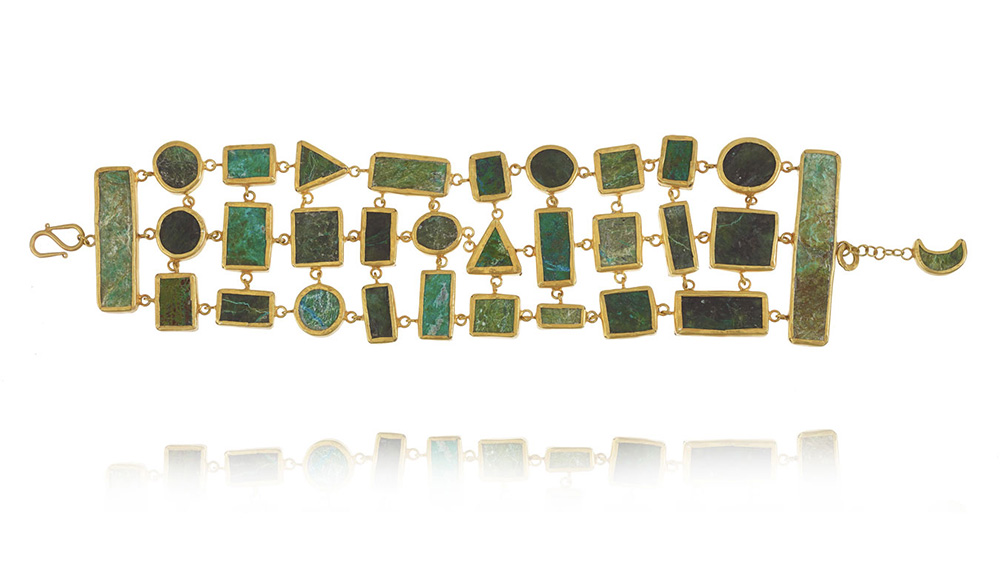
“If you’re a public company, and you’ve got a big international persona, you have to [be ethical],” says Ian Harebottle, chief executive of Gemfields. “We don’t operate in war-torn or conflict areas,” he adds.
Gemfields’ work at a newly discovered ruby mine in the Cabo Delgado province of Mozambique illustrates the potential benefits for mining economies.
“You have to put in roads and power and water. You have to build the team,” says Mr Harebottle. At the Montepuez mine Gemfields employs about 800 workers. Once fully operational, that number will probably double, he adds. “We are one of the largest employers in the region.”
However, there are issues in even the most established infrastructures. “No matter what we’re doing for the environment and for society, we could always do more,” says Mr Harebottle. “You don’t want to think by spoiling your wife that you’re ruining someone’s life. We don’t want to leave the area the way we found it. We’ve got to make it right, make it better,” he adds.
Ms Small cannot state that 100 per cent of her Turquoise Mountain line is ethical, but the work in Kabul is encouraging a local economy. “What we can do now is make sure that the craftsmen we work with are paid well and that their work is of an international standard,” says Ms Small. “Until the country reaches a state of peace, I think anything else would be unrealistic.”
